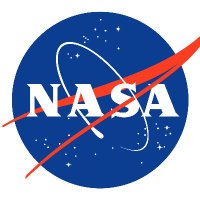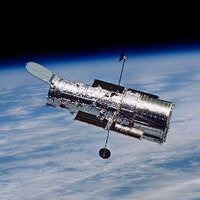
Helicity Space
@helicityspace
Accelerating humanity's expansion into the solar system through the development of fusion propulsion technology.
ID: 1113937967351861248
http://helicityspace.com 04-04-2019 22:54:42
65 Tweet
516 Takipçi
47 Takip Edilen


Incredible presentation from CSO of Fusion Drive start up Helicity Space at #IEPC. Any need for superconducting magnet tech for this? Let me know!



You've heard that it's called the Red Planet (because of the iron minerals in its soil), and you've read about the Curiosity Rover and NASA's Perseverance Mars Rover rovers rolling over its surface. But how much do you *really* know about Mars? We have the dirt: science.nasa.gov/mars/












